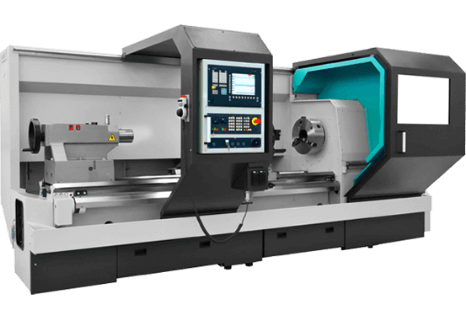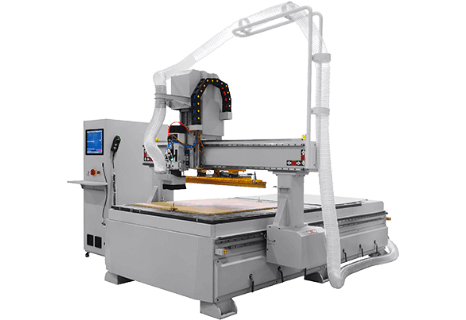Extrusion machinery is made out of components that produce and form plastic workpieces. For metal workpieces, an annealing furnace the preparatory component needed to extrude semi-finished products into the end products. The semi-finished workpieces, usually in the form of blocks, are heated, enabling them to be extruded. The blocks of metal which are still hard, but malleable, are placed in front of the mould and pushed through it with a hydraulic press. Continuous production of this profile is then possible. With plastic workpieces, granulate material is placed a heated spiral to produce the plastic. After the original material is heated into a malleable state, it is pressed through the mould. The inner contours of this mould correspond to the outer contours of the profile. After the cooling and hardening of extruded plastic products, they are normally then ready for further processing. However, after the cooling of metal products, they need to be placed in a stretching machine to be moulded into the desired form. Extruded products made out of plastic can be processed along their cross-sections using blow moulding machines. Extrusion machinery is very efficient in the mass production of products. By switching the moulds, a desired width for the band and the profile cross-section can be established. Theoretically, metal can be formed into desired profile using a continuous casting process. However, the material properties established through casting are often not desirable. The extrusion moulding machine processes materials in relation to their stability and resilience.














